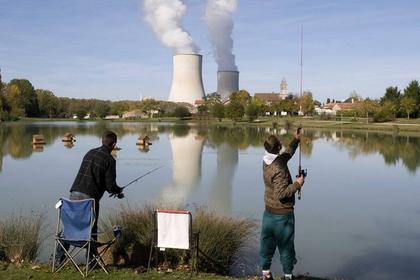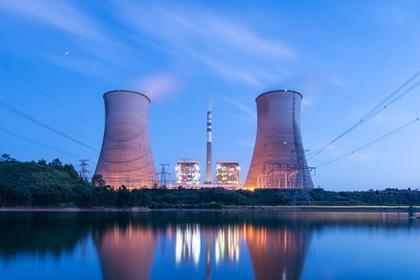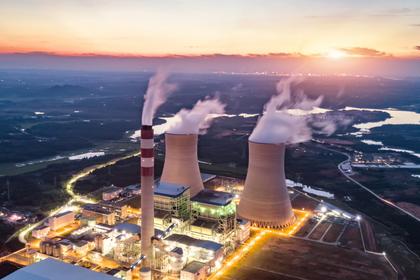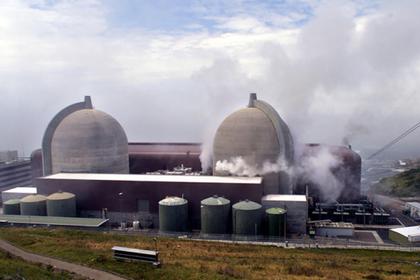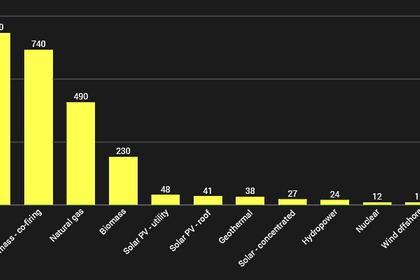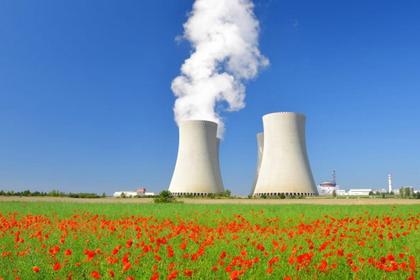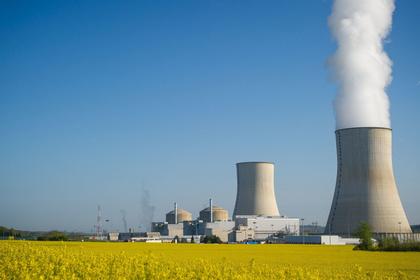
LOW CARBON NUCLEAR POWER
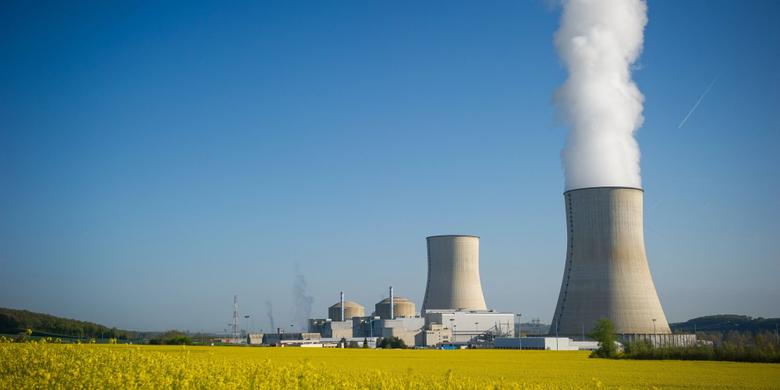
IAEA - 26 August 2021 - Nuclear power combined with smart power grids — the two-way networks that connect producers to consumers and use new technologies to do so — can help countries transition to low carbon electricity sources and ensure reliable, stable and sustainable energy supplies.
Many countries are diversifying their mix of low carbon energy sources to help them decarbonize their economies and achieve their climate goals. This has led to a global shift towards renewable energy sources; however, these sources alone are not able to fully and reliably meet demand.
“Low carbon renewable energy sources are climate friendly but are not always readily controllable or able to meet energy demand due to the intermittent nature of solar and wind, and the absence of massive energy storage capacities. This means the power grid often requires supplementary energy sources,” said Henri Paillere, Head of the IAEA’s Planning and Economic Studies Section. “With more diverse energy sources feeding into the networks, power grids have had to become more flexible and adaptable in order to ensure a reliable and resilient energy supply.”
Nuclear power can generate low carbon energy 24 hours a day, 7 days a week. It provides the energy security countries need to move to low carbon energy systems. By operating flexibly, nuclear power plants can complement the variable generation of energy by renewables, and with the inertia of their large steam turbines, these plants can also help stabilize grids and ensure a clean and reliable power supply.
Traditionally, power grids have relied on fossil fuel plants, such as coal and natural gas, to be turned on and off to meet energy demand when it outpaces supplies.
Smart power grids, on the other hand, can accept many different energy sources and dynamically switch between them, unlike traditional power grids, which are less flexible. Although smart grids have existed for some time now, advances in technology have taken them to the next level. Smart grids can use recent technology such as artificial intelligence (AI) and the Internet of Things (IoT) — a system of computers and devices connected through the Internet that can dynamically share and act on data — to gather information, increase operating efficiency and automate processes.
For example, a smart power grid can use forecasts generated by AI to anticipate a cloudy and windless day and dynamically switch from solar and wind-based production to alternatives, such as nuclear power, for an uninterrupted supply. AI can also forecast where a storm may hit and how long it may last, signalling the grid to scale up and diversify production in the event of damage to transmission lines.
If there is a broken transmission line or a power outage, the sensors and devices of the grid’s IoT system can inform grid operators of the need for repair work and reroute electricity or retrieve it from a different source.
With traditional power grids, the impact of a storm could only be assessed in its aftermath. So living downstream from a broken power line has often meant being without electricity until that line was repaired. With the ability to find alternative solutions for electricity production and delivery, smart grids are more resilient and can reduce outages for consumers.
At Electricite de France (EDF), one of the world’s largest producers of electricity, for example, some of the innovative smart grid technologies now under development include the use of 5G — the new generation of mobile Internet technology — to bolster the IoT and the development of more efficient hybrid networks for electrical currents. Blockchain technologies, which offer a highly secure way to track and handle transactions, are also being introduced to certify where and how much clean energy is being produced. EDF is using a method called ‘digital twinning’ to build virtual environments for predicting grid maintenance needs and reducing repair expenses.
“Our research and development on smart grids focuses on a range of challenges. We are also taking into account society’s expectations for greener electrical infrastructure and preparing for risks, such as the impact of climate change, cyber risk and ensuring networks are resilient to potential crises,” said Bernard Salha, Director of Research and Development at EDF. “Of course, any new method made possible by the increase in computing power will be tested on existing models to enhance their accuracy.”
Assessing the impact of these technological advances is an essential part of the process, said Dian Zahradka, Senior Nuclear Safety Officer at the IAEA. “New technology is beneficial only if it’s safe. In line with IAEA safety standards, any design modifications, including the use of AI and IoT technologies, undergo a rigorous safety assessment to evaluate any impact these changes and modernizations could have on nuclear power plants and how they interact with the power grid. The IAEA organizes technical meetings to discuss the potential implications and to share experience in the use of these technologies at nuclear power plants.”
Grid inertia and nuclear power
Smart power grids allow for more energy sources to be actively connected and used dynamically. However, this has also opened the door for greater fluctuations in electrical frequency and therefore more instability.
A power grid operates at a specific frequency and is designed to stay within a certain range to ensure a steady supply of energy. Changes in frequency happen constantly as people turn electrical devices on and off. These are usually absorbed by an energy source’s electricity-generating moving parts, such as a rotating turbine in a nuclear power plant or a fossil fuel plant.
This heavy, rotating mass can turn slightly faster or slower to act like a shock absorber, helping to balance out frequency fluctuations and buffer against rapid changes. The way these parts move and their influence on energy in the grid is called grid inertia.
However, renewable energy sources like solar do not have these moving parts. Other renewables that do have such moving parts, such as wind turbines, these moving parts are not directly connected to the grid but operate through a frequency converter, which means they do not have the necessary grid inertia.
“Without inertia, the grid has a limited ability to absorb fluctuations and can become unstable,” said Shannon Bragg-Sitton, National Technical Director of Integrated Energy Systems at Idaho National Laboratory in the United States. “It also becomes particularly vulnerable to big changes, such as a sudden disconnect of an energy source, a large change in net load or a severe transmission event. These changes could cause sudden overloads or shortages of electricity and possible eventual electricity blackouts. Nuclear power can assist in meeting this challenge and provide some of the stability required to the grid.”
The IAEA supports countries in assessing electric grid reliability and resilience, including with the use of nuclear power, through publications, workshops and technical meetings. The IAEA also connects nuclear industry and grid system stakeholders, enabling them to exchange information, present good practices and discuss common challenges and opportunities. These activities help countries to chart out their energy strategies towards achieving energy security and sustainability.
-----
Earlier:
